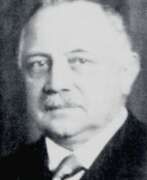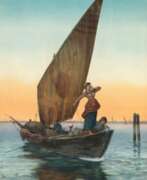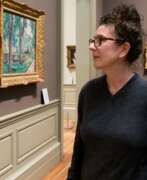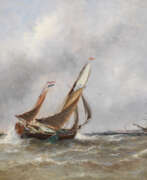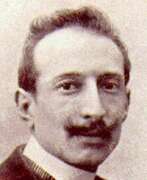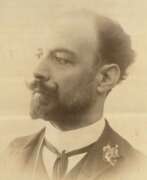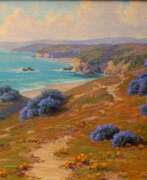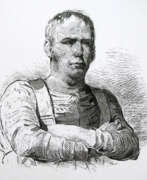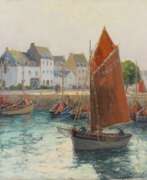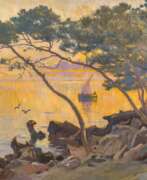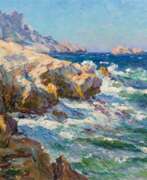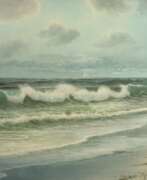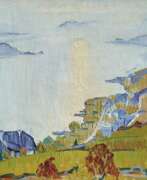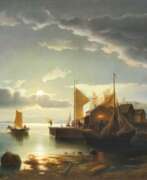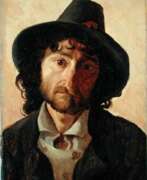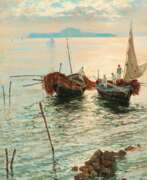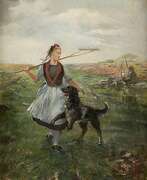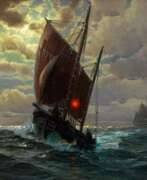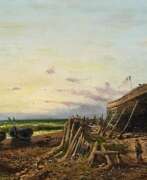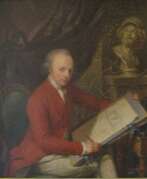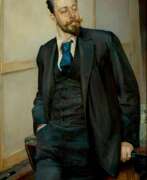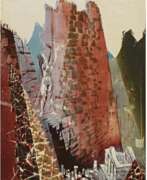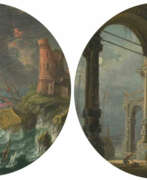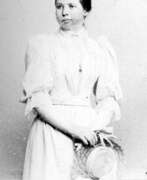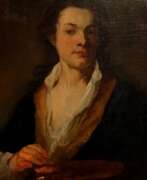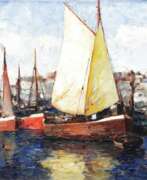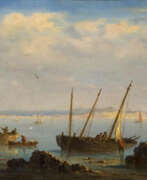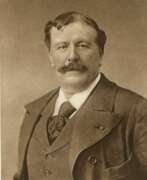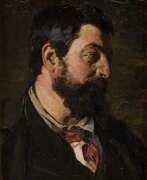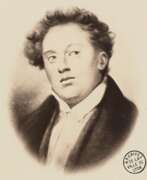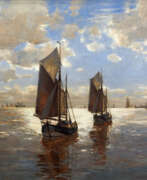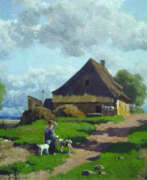Marine art
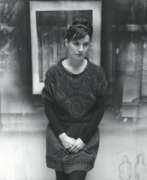

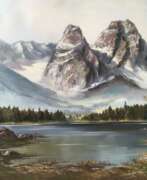

Karl Gatermann the Elder was a German painter and graphic artist. He was the uncle of artist Karl Gatermann, who is typically called "Karl Gatermann the Younger" to distinguish between the two. In 1910 he received the First Prize for Painting of the City of Munich for the oil painting Life. From 1919 to 1942 he lived and worked in Lübeck. In Berlin in 1923 and 1925, he exhibited his watercolors in the galleries of Rudolf Wiltschek and in the Kunsthaus Heumann in Hamburg in 1926. Gatermann's watercolors were also shown in England and in the London Times. Gatermann predominantly focused on north German landscapes and cities, though he also painted still life and figurative scenes, and portraits of people.
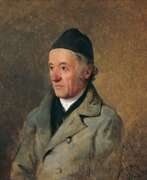

Jakob Gauermann was a German artist of the late eighteenth and first half of the nineteenth centuries. He is known as a painter and graphic artist who originally worked as a stone carver.
Jakob Gauermann became famous for his works depicting the nature of mountainous regions. He created numerous landscapes of Swiss landscapes and mountainous regions of Austria. His creative legacy includes a limited number of oil paintings and a significant number of watercolors.


Ida Gerhardi was a German artist of the late nineteenth and early twentieth centuries. She is known as a painter, representative of classical modernism.
Ida Gerhardi at the beginning of her career worked mainly in the genre of landscape, was an adherent of the Barbizon school of painting. Later she began to specialize in portraits, then switched to marine subjects, and in the last years of her life she created still lifes and genre paintings. Beginning in 1900, she was strongly influenced by the Post-Impressionists and Fauvists, and from 1911 by Rhenish Expressionism.
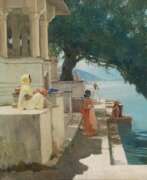

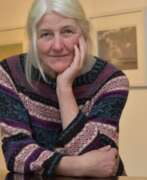

Frauke Gloyer is a contemporary German artist. She studied freehand painting at the University of Fine Arts in Braunschweig. She has been working as a freelance artist since 1988.
Frauke Gloyer's work includes expressionist landscapes, still lifes, portraits and animal studies.
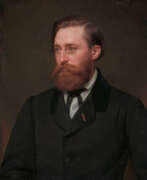

Hans Fredrik Gude was a Norwegian romanticist painter and is considered along with Johan Christian Dahl to be one of Norway's foremost landscape painters. He has been called a mainstay of Norwegian National Romanticism. He is associated with the Düsseldorf school of painting.
Gude's artistic career was not one marked with drastic change and revolution, but was instead a steady progression that slowly reacted to general trends in the artistic world. Gude's early works are of idyllic, sun-drenched Norwegian landscapes which present a romantic, yet still realistic view of his country.


Albert Goodwin was a British landscapist specialising in watercolours. His work shows the influences of Turner and the Pre-Raphaelite Brotherhood.
Goodwin was a prolific artist, producing over 800 works and continuing to paint well into his eighties. His wide variety of landscape subjects reflected his love of travel and show the influence of Turner, with whom he felt a strong affinity. In later works he developed experimental techniques such as using ink over water color to achieve atmospheric lighting effects. His works are also an important record of social history.
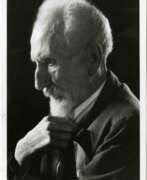

Albert Gos was a Swiss painter-painter, musician, and writer. A great admirer of high mountains, he called himself a "mountain painter. He mainly painted mountain views and landscapes. His favorite view is the Matterhorn in the Pennine Alps.
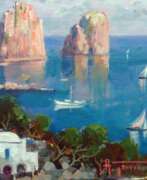

Antonio Gravina was an Italian painter. He was born in Naples and studied at the Art Institute in that city. The setting, the chromatic range, makes his work a valuable item to collectors the world over. His subjects are hugely varied. Quiet bays bathed in sunlight, the fishermen carefully mending their nets, the transparent emerald sea reflecting the clear sky; or his paintings of stormy seas, portrayed with vivid, essential, sharp brush strokes, those heavy grey skies warning of an imminent storm. Unforgettable too, his restful spring time parks, his characteristically colourful Parisian bistro customers, his sunny cottage scenes with their softness and warmth. All his paintings bring to mind the masterpieces of the great 18th century artists, and yet his work is very much of the 21st century. He has had 48 exhibitions in Rome, Naples, Frankfurt, Sydney and Vancouver as well as occasional ones at Stewart Gallery in England.
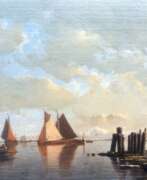

Johan Conrad Greive was a 19th-century Dutch painter. He was a member of Arti et Amicitiae from 1863, where he became chairman for three years. He is known for his paintings, lithographs, and topographical drawings in various sketchbooks, many of Amsterdam subjects. He created genre works, artist portraits, landscapes, and marines. Johan Conrad Greive's work has been offered at auction multiple times.
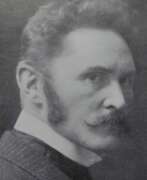

Carlos (Carl) Conrad Grethe was a Uruguayan-born German painter and academician. Grethe was born in Montevideo, Uruguay, but lived in Hamburg from the age of five. He studied at the Fine Arts School of Paul Düyffcke at the Karlsruher Kunstakademie, as well as the Parisian Académie Julian from 1884 to 1886. He interrupted his studies for almost a year to undertake a sea voyage to Mexico in 1888 and 1889. From 1894, Grethe was a member of the Munich Secession, and was also involved in the founding of the Karlsruher Künstlerbundes in 1896, the Stuttgarter Künstlerbundes, (the State Academy of Fine Arts in Stuttgart) in 1901, and the Verein Württembergischer Kunstfreunde. By the turn of the century Grethe had become prominent in representations of man and the sea, as well as of coasts and ports. His artistic style developed from a commitment to modern realism at the beginning of his career to a rather more impressionistic style in his later works.
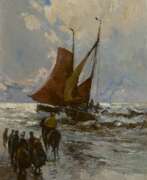

Hermann Grobe was a German maritime painter.
He studied at the Munich and Düsseldorf Art Academies. His favorite subject for Grobe was the sea and everything connected with it. He painted a lot of pictures with ships on the pier and everyday scenes on the shore, sailors on the shore and fishing boats.


Herbert Grünwaldt is a German painter and graphic artist. He studied at the Hamburg University of Fine Arts.
Inspired by a particular sense of nature as well as observations on romantic genres and impressions of literature and music, an artistic journey from the naturalistic to the surrealist emerges. In this way his works mix clear observation and fantastic interpretation.
Herbert Grunwaldt was also inspired by Scandinavian landscapes. His artistic sensitivity to maritime motifs is particularly evident in his depictions of ships. His work is characterised by an uncompromising clarity.
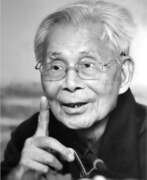

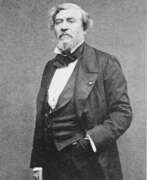

Jean Antoine Théodore Gudin was a French marine painter and court painter to both king Louis Philippe and subsequently Emperor of the French Napoleon III. Along with Louis-Philippe Crépin, he became one of the first two official Peintres de la Marine in 1830.
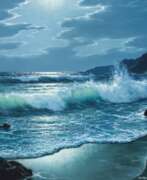

Anton Gutknecht was a German-American landscape painter known for his maritime seascapes of southern California and rural Europe. With a particular interest in the tumultuous nature of the ocean, the artist often focused on capturing waves crashing on the shore or on the boughs of a ship rendered in a high level of realistic detail. Gutknecht spent his early life traveling between different areas of the country, notably Munich and Hamburg, observing the mountainous terrain that would later be the focus of his work and bring him recognition. Gutknecht taught at the Royal Academy in Vienna before frequently traveling to southern California in the 1930s, eventually moving there to settle in Palm Springs and focus on capturing the landscape there.
